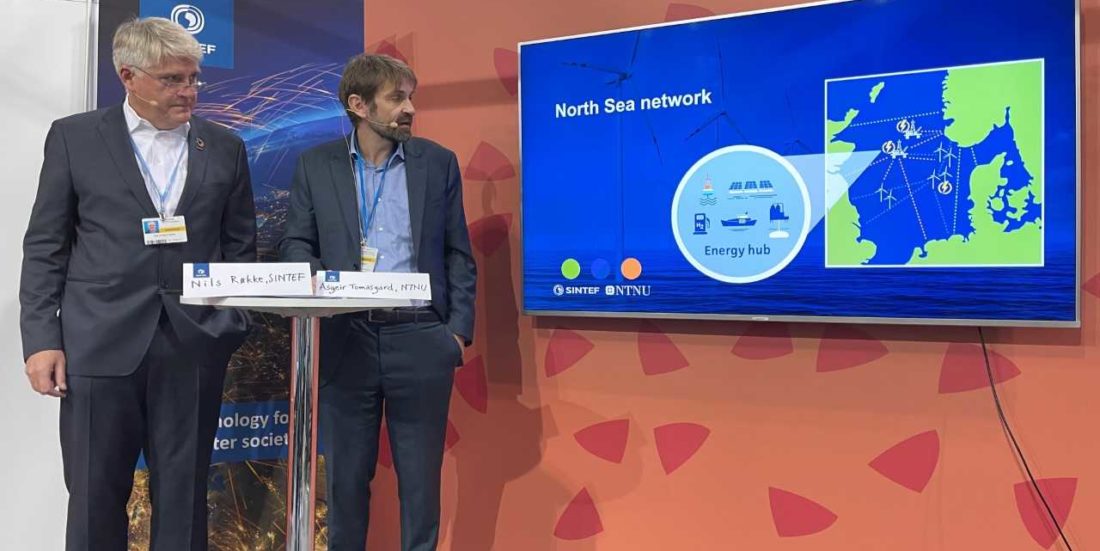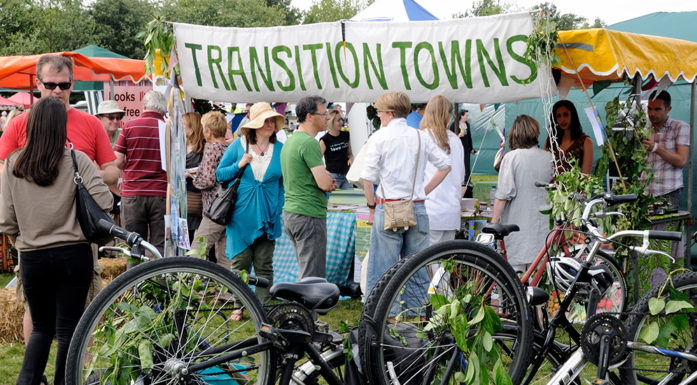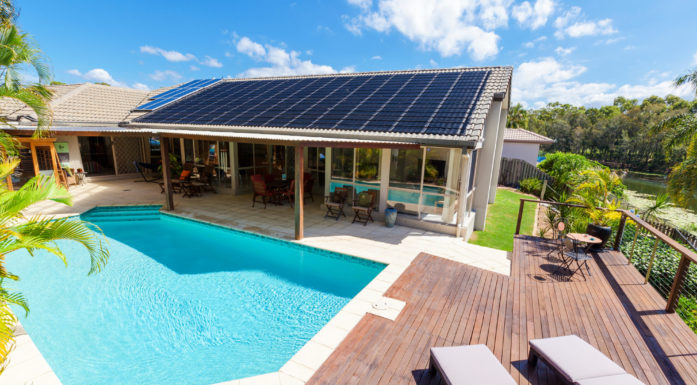The North Sea can drive the green energy transition
The Norwegian University of Science and Technology (NTNU) and SINTEF have travelled to the UN climate change conference, COP26, with three strong recommendations on how the North Sea can power the green energy transition.
The North Sea has long been an important incubator for innovation, research and technology development. For decades, it has provided Norway with the oil and gas that heats our homes, moves us around and powers our industrial development.
“By refocusing that expertise and experience, the North Sea can now transition to become a hub for green industries in our battle against the climate crisis and provide Europe with clean fuels and energy,” said Asgeir Tomasgard, Director of NTNU Energy Transition Initiative, and a professor in the Department of Industrial Economics and Technology Management at the university.
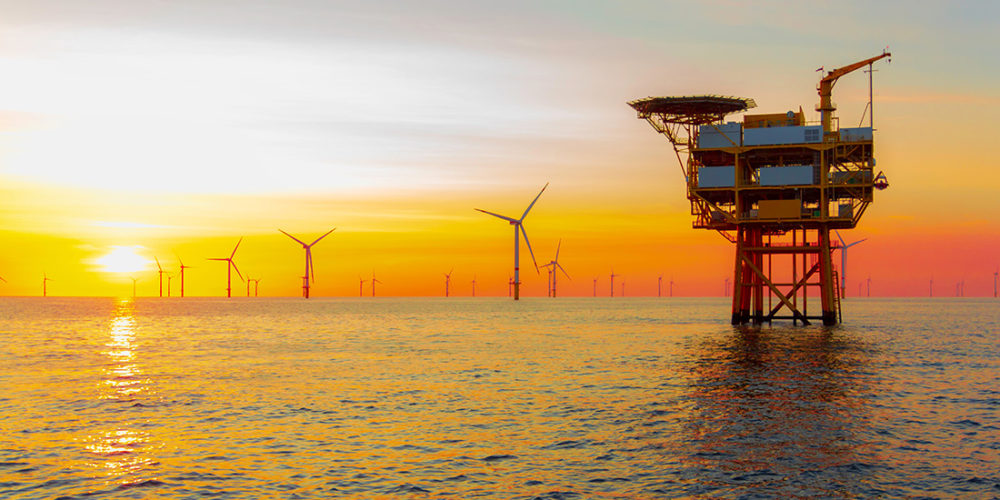
A future North Sea network could include offshore wind farms and several cable and pipeline connections between land. It may also include previous offshore installations that can be reused for energy hubs. Photo: Shutterstock
The recommendations are based on the brand-new report “The North Sea as a Springboard for the Green Transition”, written by leading scientists from four of Norway’s Centres for Environment-Friendly Energy Research (FMEs) hosted by NTNU and SINTEF, and co-signed by Ruhr Universität Bochum, the British Geological Survey, the University of Strathclyde, TNO, the University of Oslo, the Technical University of Denmark, University of Zurich and Fraunhofer.
An economic driver past, present and future
“The IPCC made it clear in August that our future climate depends on the decisions we take now. The countries bordering the North Sea have a unique opportunity to use their knowledge and expertise about the area to implement novel solutions to tackle the climate crisis,” says Nils Røkke, Executive Vice President Sustainability at SINTEF.
A future North Sea network could include offshore wind farms and more cable and pipeline connections between countries. Former offshore installations can be repurposed as energy hubs that can supply ships with hydrogen and facilitate CO2 storage, helping transport and heavy industry onto the challenging path to decarbonization.
At COP26 in Glasgow, NTNU and SINTEF will make three recommendations on how to take advantage of this generational opportunity to drive the green energy transition.
- Fivefold increase in education, research and innovation investment is needed now
From carbon storage to offshore wind generation, the technology to make these plans a reality exists. But challenges remain in scaling these technologies, sustainably, rapidly and effectively. Government investment can accelerate collaborations between universities, research institutes and industry to deliver better results, faster. This message is broadly corroborated by the International Energy Agency’s (IEA) Net Zero 2050 report and by the insight provided by Bill Gates, one of the sponsors behind Breakthrough Energy Coalition and Breakthrough Energy Catalyst initiative.
- North Sea countries must collaborate
The 1.5-degree target will not be met without extensive cooperation between countries, according to the IEA. To unlock the potential of the North Sea, all North Sea nations must work together on research, development, infrastructure and innovation projects. The IEA Net Zero 2050 report recons a 40-year delay in reaching net zero at the present level of international collaboration.
- Take care of nature and biodiversity
Climate-friendly solutions must not have a negative impact on nature. Implementing green energy technologies at scale will require significant areas both on land and at sea. Protecting nature and ensuring biodiversity in line with advice from the UN Nature Panel is paramount.
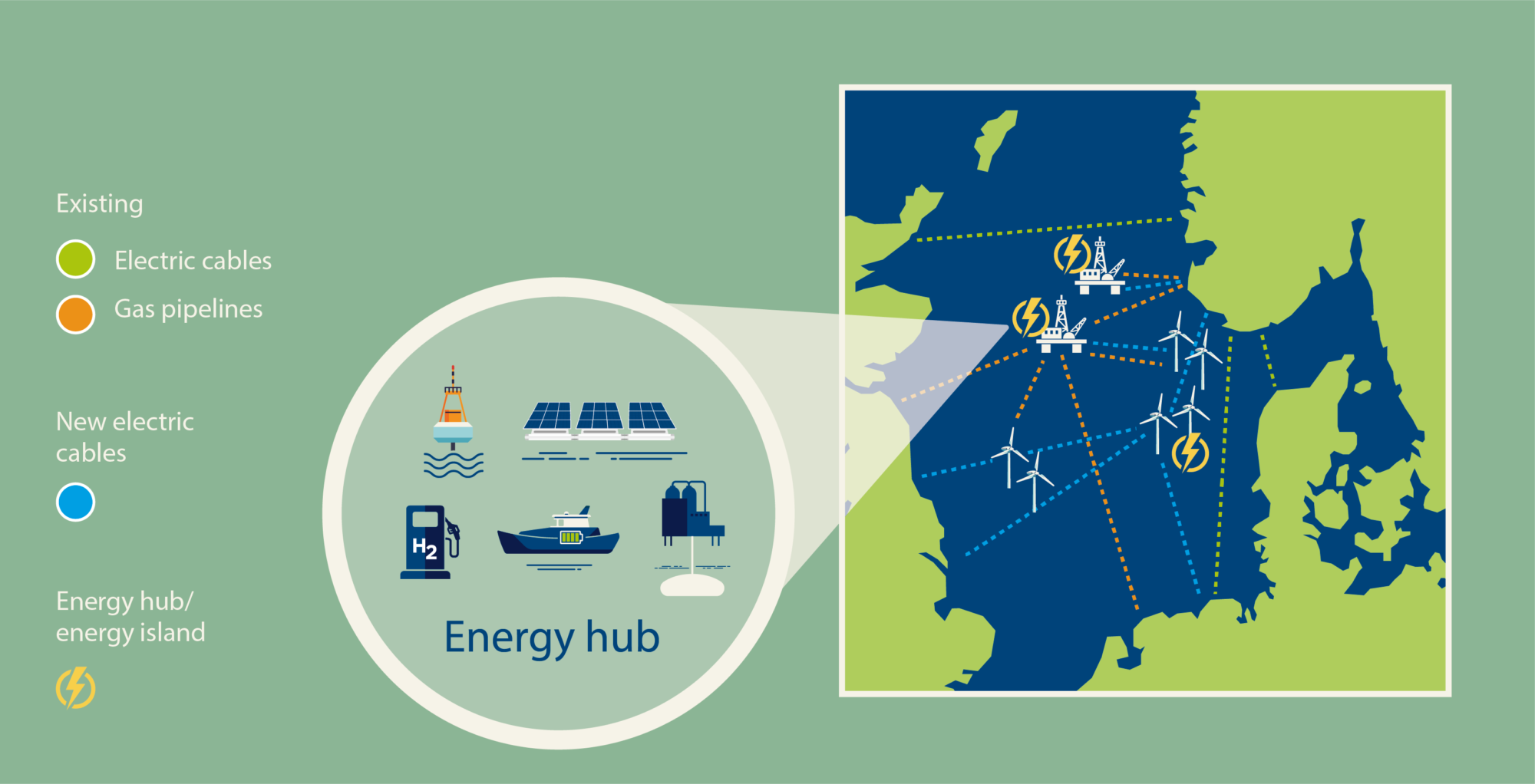
Example of what a future North Sea network can look like, with offshore wind farms, connections between countries and energy hubs that can supply ships with hydrogen and include installations for CO2 storage. The building of this infrastructure will have to happen in stages. It will require strong international cooperation and coordination between the countries and companies involved in the project. Ill: NTNU og SINTEF
